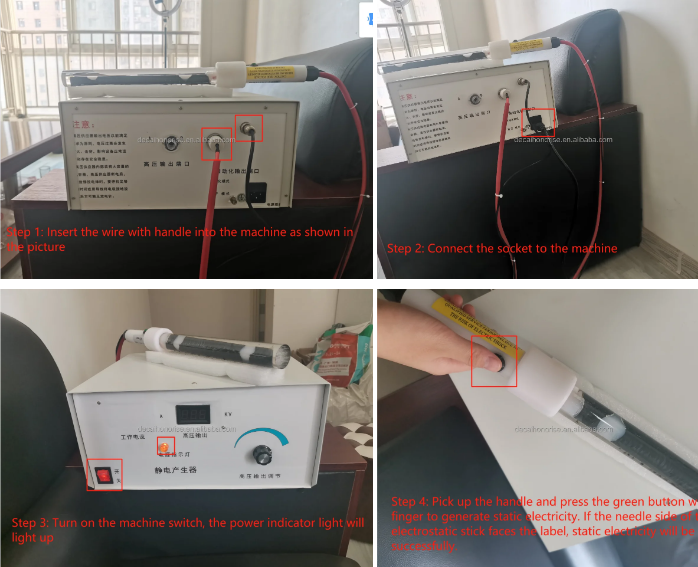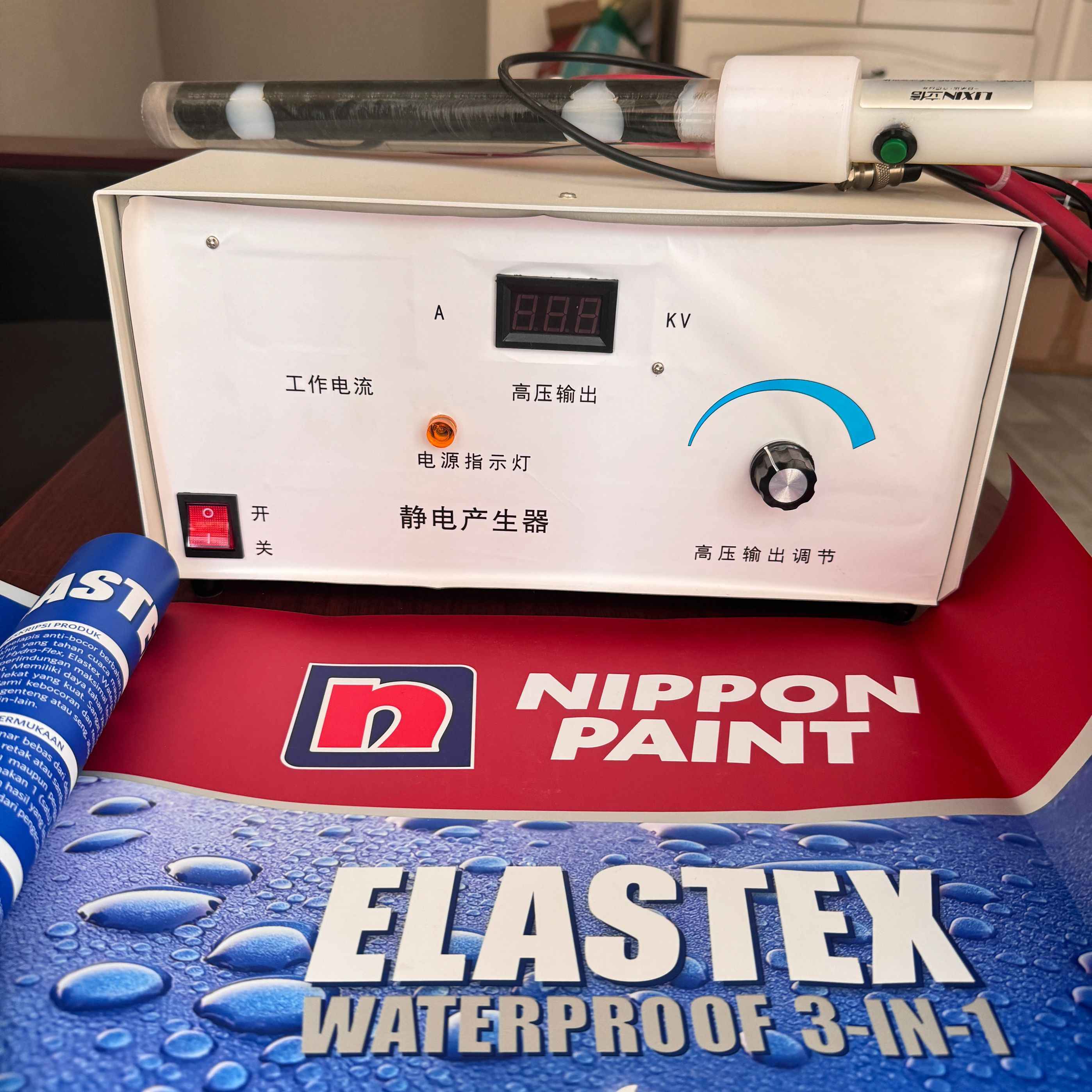The core value of manual electrostatic devices in membrane pasting lies in flexibility and low cost. By accurately controlling the charging position, voltage, and environmental parameters, label fixation can be achieved for small-scale production. But it is necessary to strictly follow:

① Mold grounding+operator insulation protection;
② 3-5cm uniform sweep charging;
③ Complete placement within 5 seconds.
Important reminder: This method is only applicable to non mass production scenarios, and batch production still requires automated electrostatic systems to ensure efficiency and yield.
This is the technology of placing printed labels in molds and integrating them with plastic parts through injection molding. The key challenge is that the label needs to be accurately fixed on the inner wall of the mold, and cannot be displaced or dropped. Traditional methods of fixing with glue or machinery have flaws – glue affects the appearance, while mechanical fixation leaves traces.
molding. The key challenge is that the label needs to be accurately fixed on the inner wall of the mold, and cannot be displaced or dropped. Traditional methods of fixing with glue or machinery have flaws – glue affects the appearance, while mechanical fixation leaves traces.
At this point, the role of static electricity becomes prominent: by applying an electric charge to the label through an electrostatic device, the label is “attached” to the metal mold using the principle of electrostatic adsorption. This non-contact fixing method perfectly avoids the shortcomings of traditional methods. Specifically, the high-voltage electric field generated by the electrostatic device polarizes the label molecules, and the metal mold acts as a conductor to generate reverse charges, forming Coulomb force adsorption.
The deeper reason is the special requirements of the injection molding process: the mold temperature is usually between 60-80 ℃, and ordinary adhesives will fail; During injection molding, molten plastic is subjected to high-pressure and high-speed impact, requiring extremely strong initial adhesion. Electrostatic adsorption can achieve an adsorption force of 2N/cm ² or more within 0.3 seconds, fully meeting these stringent conditions.
Post time: Jul-24-2025
